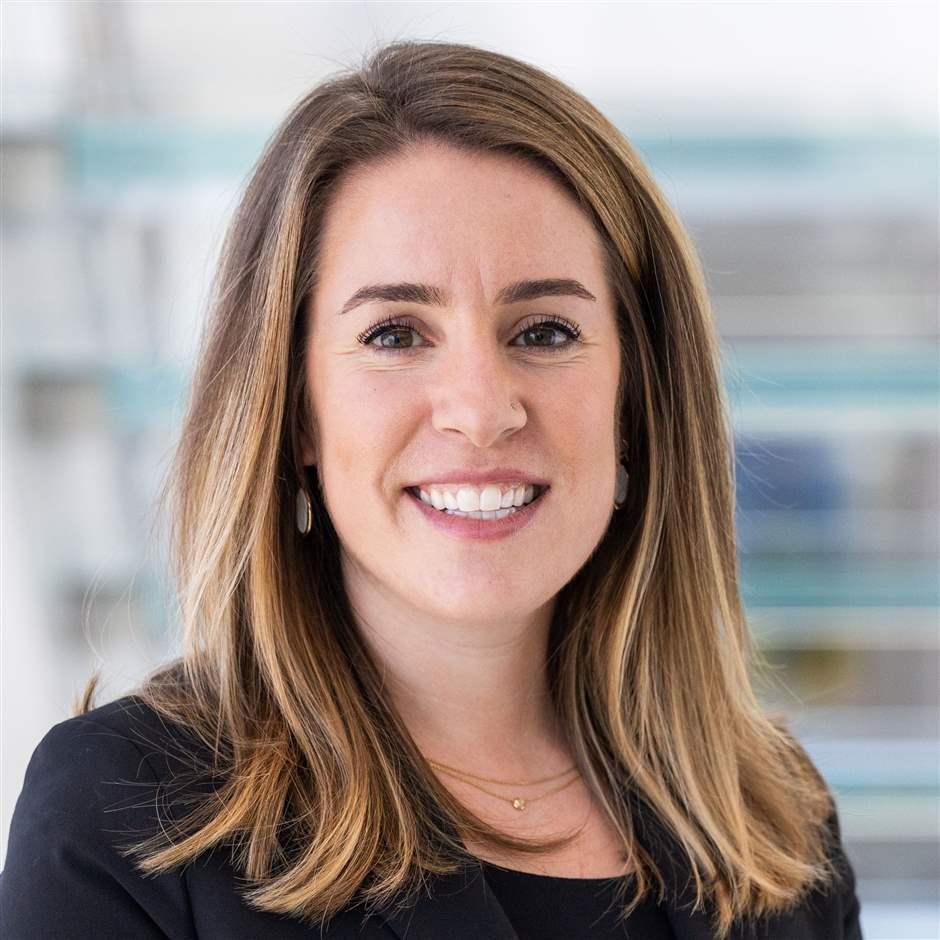How Can Seagrasses Help U.S. States, Island Nations Boost Blue Carbon Climate Strategies?
Pew webinar explored policies, programs, and processes in Seychelles and North Carolina
This video is hosted by YouTube. In order to view it, you must consent to the use of “Marketing Cookies” by updating your preferences in the Cookie Settings link below. View on YouTube
This video is hosted by YouTube. In order to view it, you must consent to the use of “Marketing Cookies” by updating your preferences in the Cookie Settings link below. View on YouTube
Seagrasses, flowering marine plants that form dense underwater meadows, provide vital benefits to people and nature, including providing habitat for fish, birds, and other wildlife; reducing the effects of flooding; and supporting coastal economies. They also are an important nature-based ally in the fight against climate change, sequestering and storing significant amounts of blue carbon.
However, seagrasses have declined by at least 30% globally since the late 1800s, remain under threat from development and poor water quality, and in many regions, are inadequately mapped. Increasingly, countries and states are working to protect and restore seagrasses as part of broader efforts to address climate change. More accurate and comprehensive mapping and carbon inventories are key to assessing and leveraging the blue carbon benefits these habitats provide and to enabling coastal managers to better understand how seagrasses can help ameliorate climate change.
To help managers and other stakeholders learn more about mapping, measuring, and managing seagrass habitats for their blue carbon contributions, The Pew Charitable Trusts hosted a webinar on March 28, 2023, titled “Harnessing the Power of Seagrasses in the Fight Against Climate Change,” featuring state, national, and international experts. Environmental officials from the U.S. state of North Carolina discussed their efforts to develop the state’s first blue carbon inventory that includes high-salinity seagrasses, which are the most extensive variety of these plants on the U.S. East Coast. Then, a policy expert who has worked extensively in the Republic of Seychelles provided insights from the perspective of small island states on leveraging seagrass to meet nationally determined contributions, which are countries’ commitments to cut emissions and adapt to climate change under the United Nations’ Paris Agreement.
This webinar, presented in commemoration of Seagrass Awareness Month, was the latest in a series of resources Pew is offering as part of its Blue Carbon Network, which launched in early 2022 to help create stronger connections among state agencies, practitioners, researchers, and nongovernmental organizations working on blue carbon.
Agenda
Welcome and webinar overview
- Alex Clayton Moya, principal associate, The Pew Charitable Trusts’ conserving marine life in the United States project
- Kate Meyer, principal associate, The Pew Charitable Trusts’ protecting coastal wetlands and coral reefs project
North Carolina Coastal Habitats Greenhouse Gas Workgroup’s efforts to include seagrasses in state blue carbon inventory
- Paul Cough, facilitator, North Carolina Coastal Habitats Greenhouse Gas Workgroup; former director, Oceans and Coastal Protection Division, U.S. Environmental Protection Agency
- Jud Kenworthy, member, North Carolina Coastal Habitats Greenhouse Gas Workgroup; former coastal marine scientist, National Oceanic and Atmospheric Administration, Center for Coastal Fisheries and Habitat Research, Beaufort, North Carolina
Global perspective and Seychelles case study on small island states’ need to protect seagrasses and their role in meeting NDCs
- Angelique Pouponneau, lawyer, adviser to the chair of the Alliance of Small Island States on climate change and ocean negotiations; past chief executive officer, Seychelles’ Conservation and Climate Adaptation Trust
Q&A
- Moderated by Alex Clayton Moya and Kate Meyer
Wrap-Up/closing remarks
- Alex Clayton Moya and Kate Meyer
Meet the Pew team
Alex Clayton Moya Officer
Alex Clayton Moya works to incorporate conservation and restoration of coastal blue carbon and peatland habitats in state and national climate policies for Pew’s U.S. conservation project. She leads efforts to engage primarily with state agencies as they seek to incorporate wetlands into their climate change planning, helping to connect science and research to the policy choices of decision-makers.
Read MoreKate Meyer Officer
Kate Meyer is an officer with Pew’s advancing coastal wetlands conservation project. She helps to support countries in developing the scientific framework needed to ensure strong protections for coastal wetlands.
Read More









